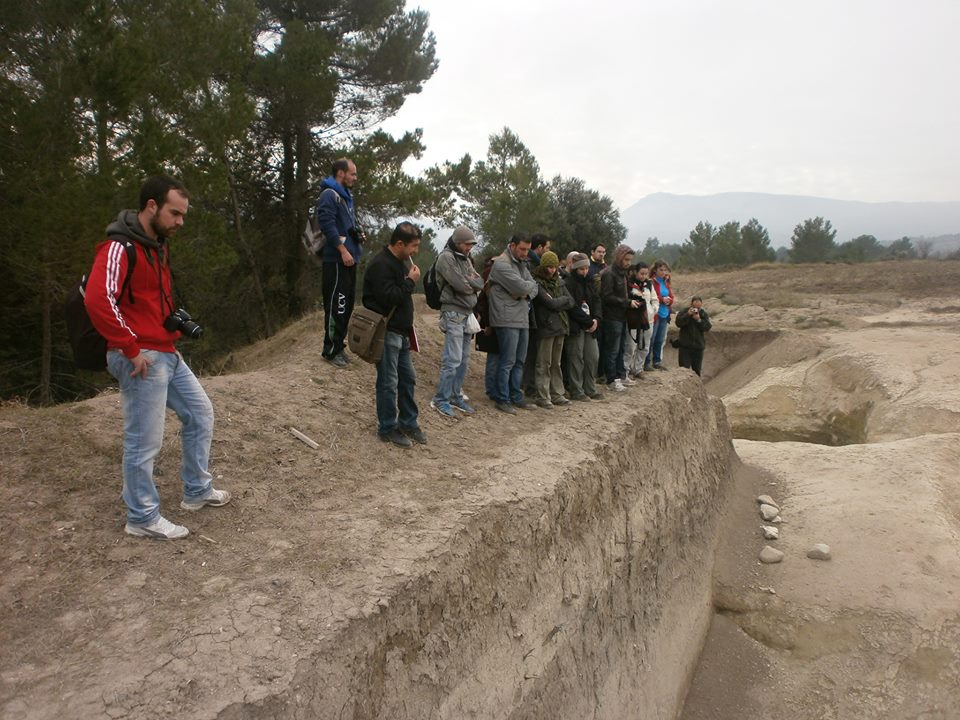
Rasqueta, pales i som-hi!
30 may 2017
El Màster Oficial en Arqueologia va tancar la seua VIII edició el passat mes de maig després de preparar a una nova generació d'arqueòlegs desitjosos de posar en pràctica tot l'après. Descobreix més sobre aquest màster universitari de la mà d'alguns dels estudiants que han passat per les seues aules.
.jpg)
Roman anchor stock discovered only a few metres of the coast of Cullera
23 may 2016
A group of deep sea fishing enthusiasts have discovered a Roman anchor stock located in the north coast of Cullera, approximately 26 metres deep. The flotsam, that has more than 2.000 years and a great archeological value will be extractec from the water the following friday 27th of May.
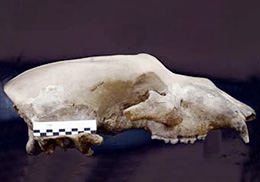
La Universitat i la Generalitat creen la Xarxa de Museus de Paleontologia de la Comunitat Valenciana
18 may 2016
Coincidint amb la celebració del Dia Internacional dels Museus, la Universitat de València i la Generalitat Valenciana presenten hui, dia 18 de maig, la Xarxa de Museus de Paleontologia de la Comunitat Valenciana, una plataforma que pretén impulsar el coneixement i posada en valor dels museus i col·leccions museogràfiques valencianes d’aquest àmbit. L’acte començarà a les 19 hores, al Centre Cultural La Nau.
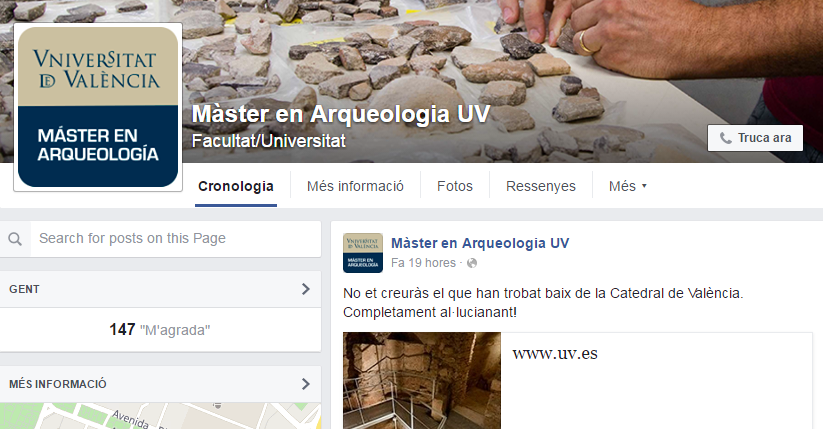
Novetats Màster: remodelament web i xarxes socials
16 may 2016
El nou disseny web és més intuïtiu i visual i a més està acompanyat i potenciat per les noves xarxes socials del Màster
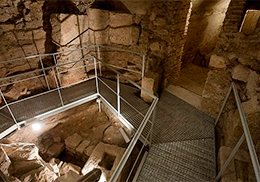
Roman houses are found under the Cathedral of Valencia during the expansion work of its Museum
12 may 2016
The excavations carried out in the lower part of the Cathedral of Valencia during the works, which aim to carry out the restoration and expansion of its Museum, have allowed for finding out, three metres deep, remains of a Roman street and of at least three houses dated from the 1st and 2nd centuries. This fact has consequences in the possibility that they can be crossed in a path that will be illuminated once the opening of the museum centre takes place, the Archbishopric communicated.
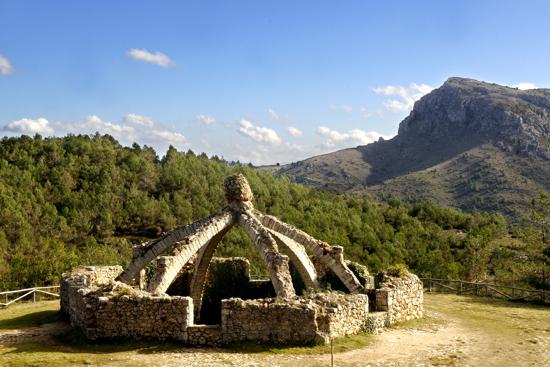
Recall of the Archaeological Excavation in Agres 2014
25 april 2016
The excavation of the site of la Mola d’Agres that is compiled in the video belongs to the 2014 campaign, financed by the Directorate General of Historical Heritage of the Valencian Department of Culture of the Valencian Government. It was directed by Elena Grau and Jose Luis Peña, the two professors of the Department of Prehistory and Archaeology of the Universitat de València
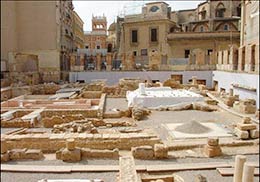
The Valencia Parliament has given green light to the idea of renewing the roman ruins of Calle El Salvador
19 april 2016
The Valencia Parliament has given green light to the idea of renewing the roman ruins of Calle El Salvador, which is right behind the parliamentary groups building, a few metres from the Palau dels Borja, in Valencia.
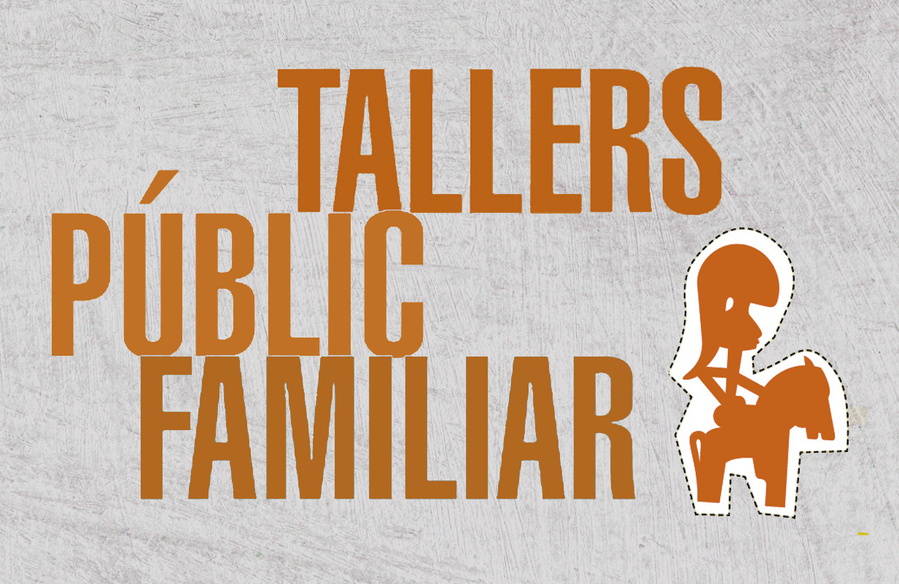
The Museu de Prehistòria de Valencia plans spring readings and children’s workshops, conferences and visits à la carte
12 april 2016
The Museu de Prehistòria de Valencia presents its programme for the coming months of April, May and June that will be marked by children’s workshops, animations in the children’s library, conferences and visits à la carte, among other activities.
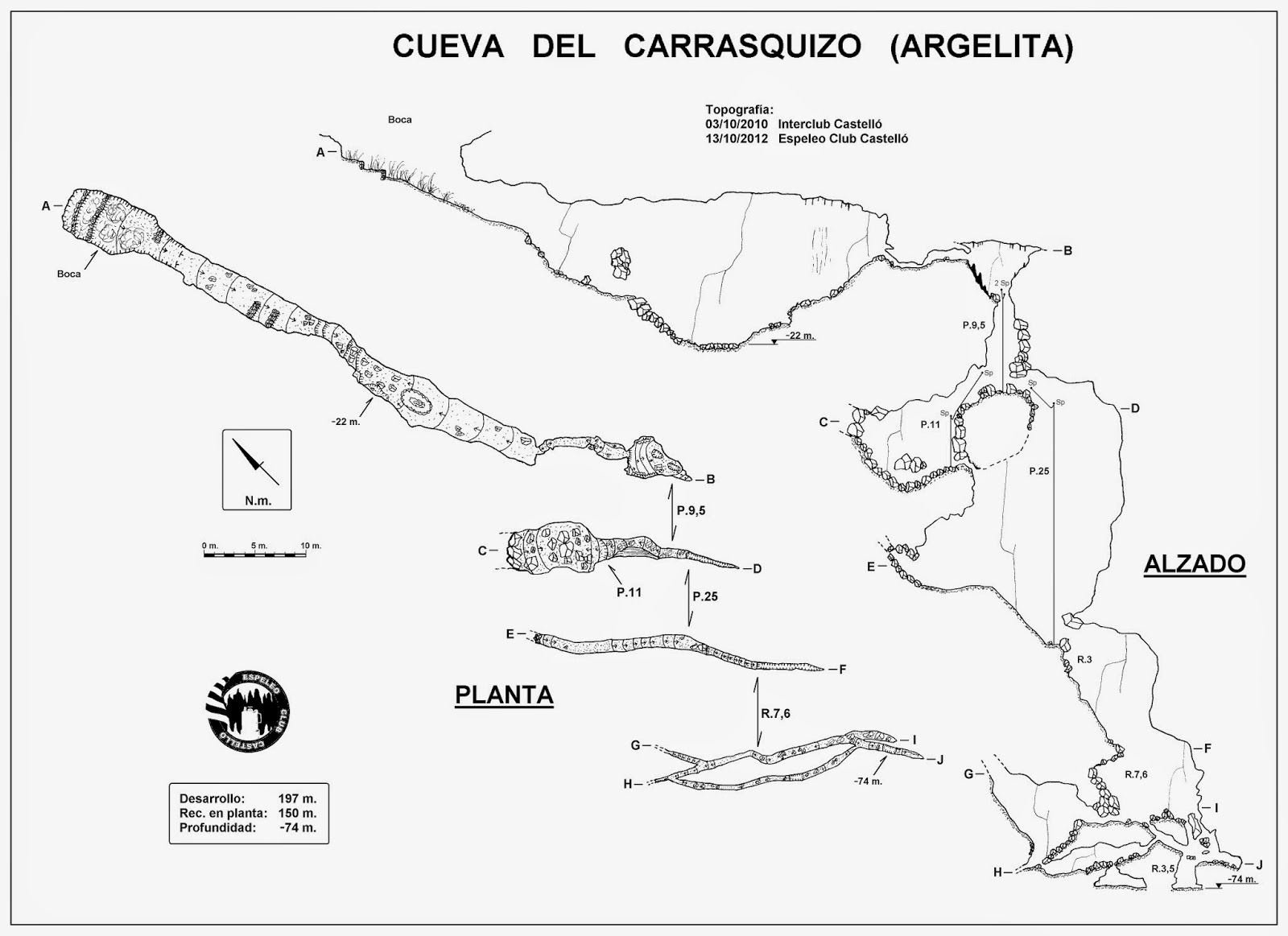
Descobreixen el que podria ser un crani de linx a Argeleta
7 april 2016
El laboratori d'arqueologia de l'Institut de Conservació i Restauració de Béns Culturals de la Generalitat Valenciana analitza el recent descobriment en la Cova del Carrasquizo d'Argeleta, situada a la comarca d'Alt Millars, i anuncien que probablement un de les troballes siga el crani d'un linx.
La Bastida de les Alcusses (Moixent): life of Iberians 2,300 years ago
10 march 2016
Knowing how life was in an Iberian village 2,300 years ago is possible thanks to the archaeological research developed in sites such as La Bastida de les Alcusses, located at the area of Moixent.








